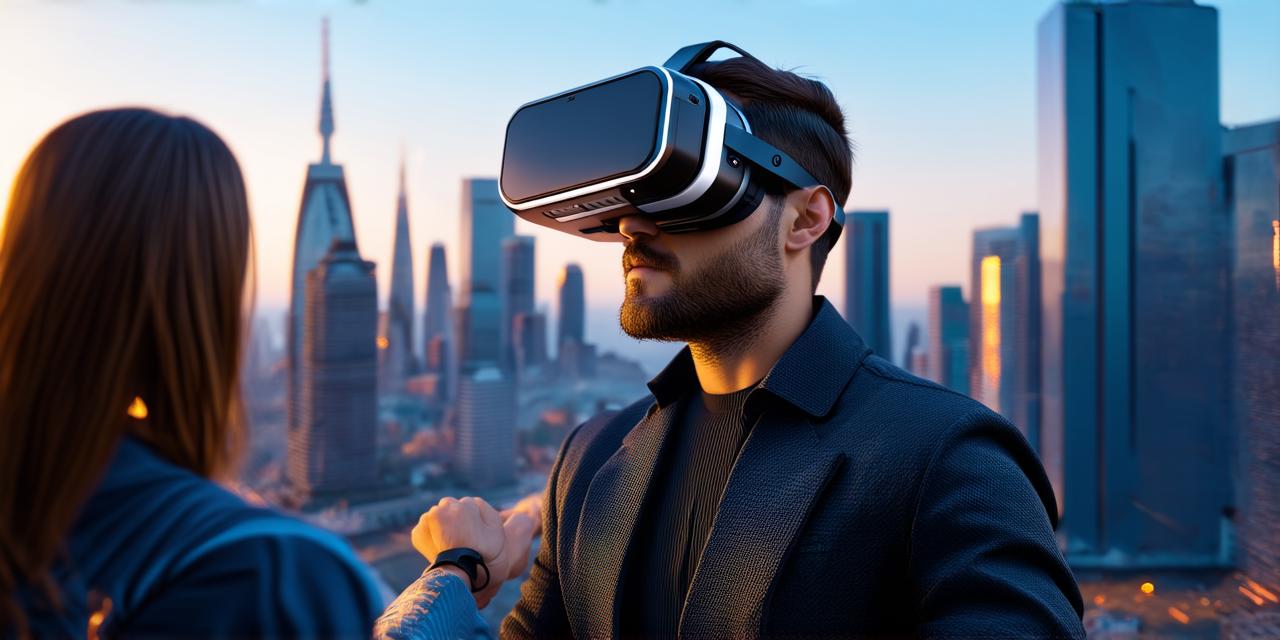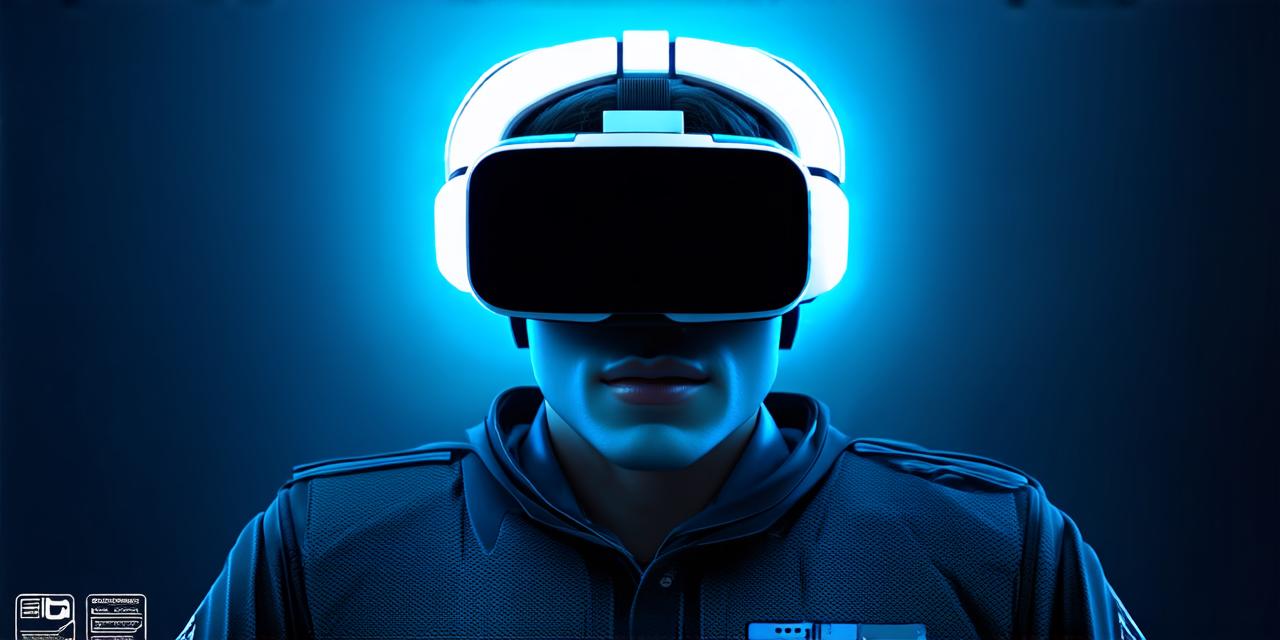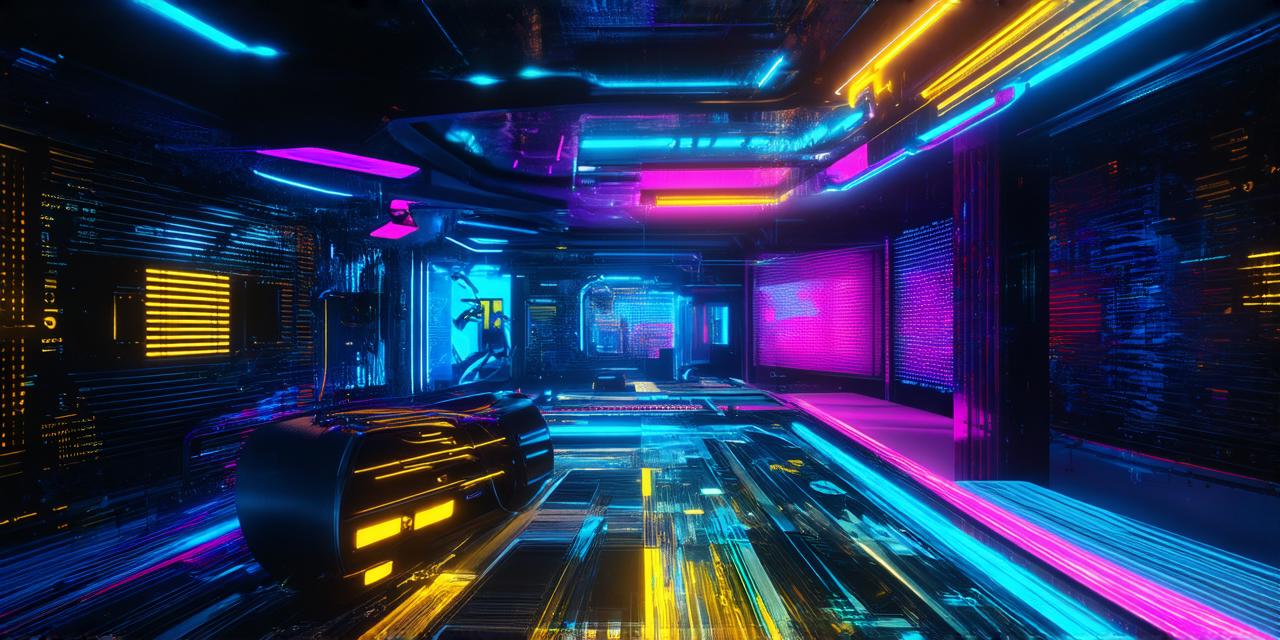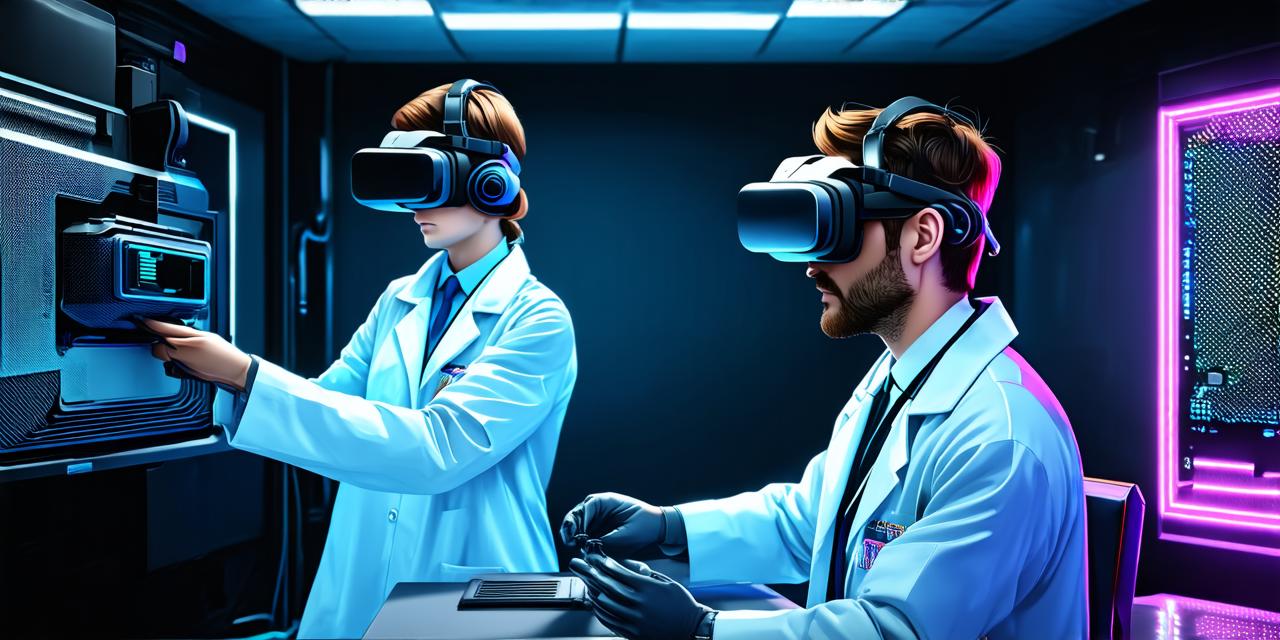Virtual reality (VR) technology has revolutionized the way we interact with digital environments. One of the essential components that determine the quality and smoothness of VR experiences is frame rate. For AR developers, understanding frame rate is crucial to creating engaging and immersive virtual environments that deliver seamless user experiences. In this article, we’ll explore what frame rate signifies for a VR headset, its impact on user experience, and how to optimize frame rate for your AR applications.
What is Frame Rate?
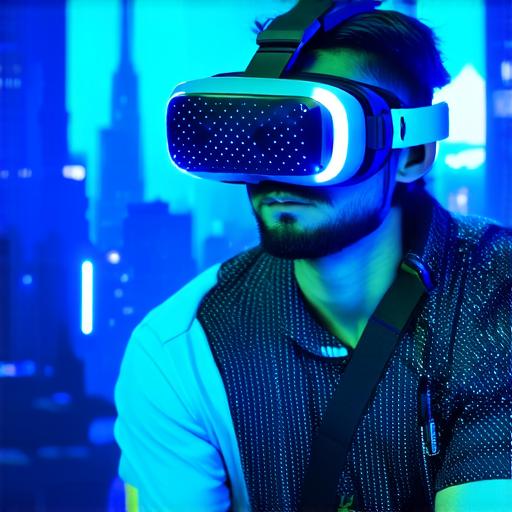
Frame rate refers to the number of frames displayed per second (fps) in a video or animation. In VR, the frame rate determines how quickly the headset displays new visual information to the user’s eyes. A higher frame rate results in smoother, more fluid motion, while a lower frame rate can cause stuttering and discomfort.
Frame rate is measured in Hertz (Hz), with common VR headsets supporting frame rates ranging from 60 to 120 Hz. For AR applications, the frame rate will depend on the complexity of the virtual environment and the capabilities of the device being used. A higher frame rate can be achieved by using more powerful hardware or optimizing code for better performance.
The Impact of Frame Rate on User Experience
Frame rate is a critical factor in determining user experience in VR and AR applications. A high frame rate can make users feel more immersed in the virtual environment, while a low frame rate can cause discomfort and reduce the overall effectiveness of the application.
One study by researchers at Stanford University found that a frame rate of 72 fps or higher was necessary for a comfortable VR experience. However, this may vary depending on individual user preferences and the specific application being used. In AR applications, a higher frame rate can improve visibility and reduce the likelihood of stuttering or discomfort, leading to a more enjoyable user experience.
Optimizing Frame Rate for AR Applications
To optimize frame rate for AR applications, developers can take several steps. These include:
-
Minimizing complex graphics and animations – Complex graphics and animations can put a strain on the device’s processing power, reducing frame rate. By minimizing the complexity of these elements, developers can improve overall performance and ensure a smoother user experience.
-
Reducing occlusion – Occlusion refers to objects or elements in the virtual environment that obscure the user’s view. By minimizing occlusion, developers can improve visibility and reduce the likelihood of stuttering or discomfort.
-
Using motion blur – Motion blur is a technique that can be used to simulate smooth motion by blurring the edges of moving objects. While this can be effective for reducing the amount of processing power required, it can also cause visual distortion and reduce overall performance.
-
Optimizing code – By optimizing code and minimizing unnecessary processes, developers can improve overall performance and ensure a smoother user experience.
Case Studies: Real-World Applications of Frame Rate in AR Development
One excellent example of the impact of frame rate on user experience is the popular mobile game “Pokemon Go.” The game relies heavily on AR technology, with users exploring their environment to find virtual creatures. A study by researchers at the University of California, Irvine found that a higher frame rate led to increased engagement and a more enjoyable user experience.
Another example is the AR-enabled shopping app “Ikea Place.” The app allows users to visualize furniture in their home before making a purchase. By optimizing frame rate and ensuring smooth motion, the app provides a seamless and immersive experience that has helped drive sales for Ikea.
